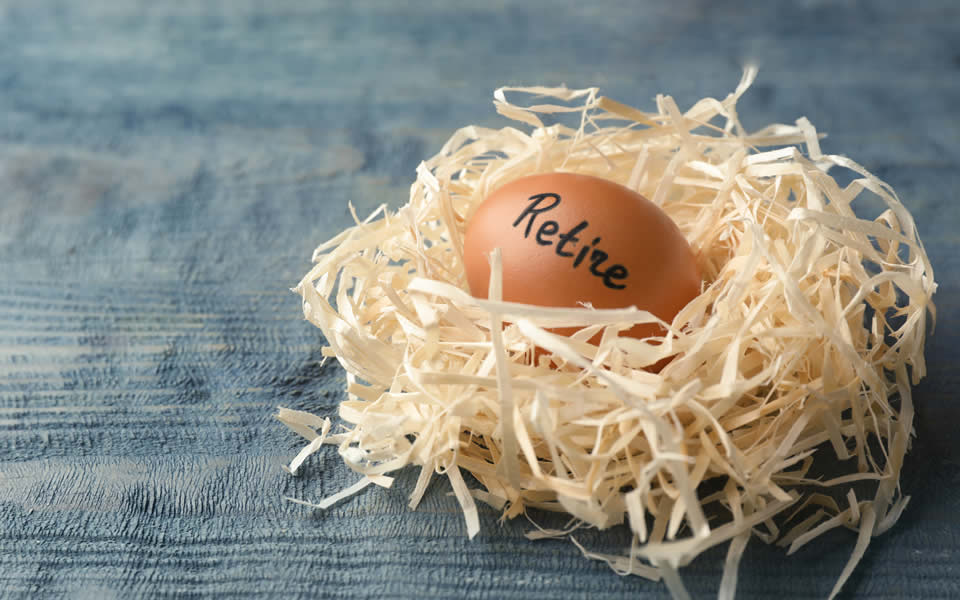IRS Delays Tax Change for High-Earning Retirement Savers until End of 2025
By Ted Ginsburg, Director, Tax & Business Services
In a recent development that provides a breather for high-earning retirement savers, the Internal Revenue Service (IRS) announced a two-year transition relief period concerning a key provision of the SECURE 2.0 Act of 2022. The provision, originally slated to take effect on January 1, 2024, involves how certain “High-Paid Participants” can make ‘catch-up contributions’ to their 401(k) plans and other retirement savings.
Under current law for the 2023 year, an individual participant in a 401(k)-type program who has attained age 50 can defer an additional $7,500 annually to the plan as a ‘catch-up’ contribution; this is designed for older participants to defer additional amounts beyond the maximum of $22,500 to help fund the participant’s retirement account. This additional deferral is a pre-tax contribution to the plan and can be made even if the program does not satisfy the non-discrimination tests of the Internal Revenue Code. Under the SECURE Act 2.0, “High-Paid Participants”—those whose wages exceed $145,000 for the previous year—would be mandated to make these catch-up contributions using after-tax Roth funds. This move effectively bars them from enjoying the benefits of pre-tax catch-up contributions.
The impending shift towards Roth contributions had raised concerns among plan sponsors, administrators, and payroll providers, particularly for plans not currently offering Roth contributions. There was an apprehension that participants might be unable to make any catch-up contributions.
To give taxpayers and employers time to adapt, the IRS has extended the transition period for two years to December 31, 2025. During that time employees can continue to make catch-up contributions and those contributions can be “pre-tax” for “High-Paid Participants.”
Additionally, the IRS has provided a glimpse into forthcoming guidance, although it’s important to note that these are preliminary and subject to further refinement:
- Plan sponsors may opt to consider a pre-tax catch-up contribution election by a “High-Paid Participant” as a choice to initiate Roth catch-up contributions.
- For determining the status of a High-Paid Participant, separate employers in a multi-employer plan setup—like MEPs, PEPs, and Taft-Hartley plans—can focus solely on wages from each specific employer, bypassing the need to amalgamate earnings from unrelated employers participating in the scheme.
- If an individual lacked wages from the plan sponsor/employer in the preceding year, they wouldn’t be categorized as a High-Paid Participant for the current year.
Although this anticipatory guidance isn’t definitive and could undergo changes, the IRS’s proactive approach indicates a strong likelihood of its eventual issuance in some capacity. Plan sponsors of 401(k) plans that don’t offer a Roth option should consider adding that alternative to their program.
The IRS, emphasizing the significance of this reprieve, said in a statement, “The administrative transition period will help taxpayers transition smoothly to the new Roth catch-up requirement and is designed to facilitate an orderly transition for compliance with that requirement.”
As the financial landscape evolves and the rules shift, it becomes crucial for individuals to remain informed and prepared. If you have questions or want to strategize on navigating these potential changes, reaching out to your Marcum tax team is your first step. Ensure that you’re making the best decisions for your financial future.




















